Singapore, Australia ramp up bilateral military exercise with missions involving both jungle and urban terrains
This increases the complexity of the joint exercise, known as Exercise Trident, says the SAF lead for this year’s edition.
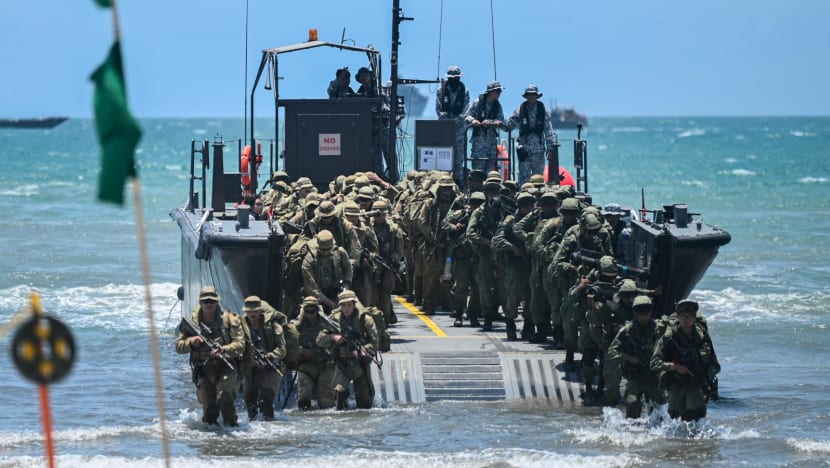
Troops from Singapore Armed Forces (SAF) and Australian Defence Force (ADF) disembark from a Republic of Singapore Navy (RSN) fast craft utility as part of ship-to-shore operations for Exercise Trident 2024 on Nov 9, 2024. (Photo: CNA/Syamil Sapari)

This audio is generated by an AI tool.
SHOALWATER BAY, Queensland: This year’s edition of Singapore and Australia’s flagship joint military exercise will see troops from both countries participating in two missions involving both jungle and urban environments for the first time.
Known as Exercise Trident, the bilateral exercise involving the Singapore Armed Forces (SAF) and the Australian Defence Force (ADF) usually features one mission in either of the terrains.
For example, the previous exercise in 2022 involved the jungle terrain.
This year’s edition, the 10th for the exercise, is being conducted from Nov 6 to Nov 15 at the Shoalwater Bay Training Area in Queensland.
The SAF’s lead for Exercise Trident Senior Lieutenant Colonel (SLTC) Enriquez Michael Zachary told reporters that they wanted to increase the scale and complexity of ship-to-shore operations this time around.
"It’s important for us to be able to train in Shoalwater Bay Training Area with the ADF because of the vast terrain and the opportunities for us to be able to do manoeuvres which we cannot do in local terrain," he added.
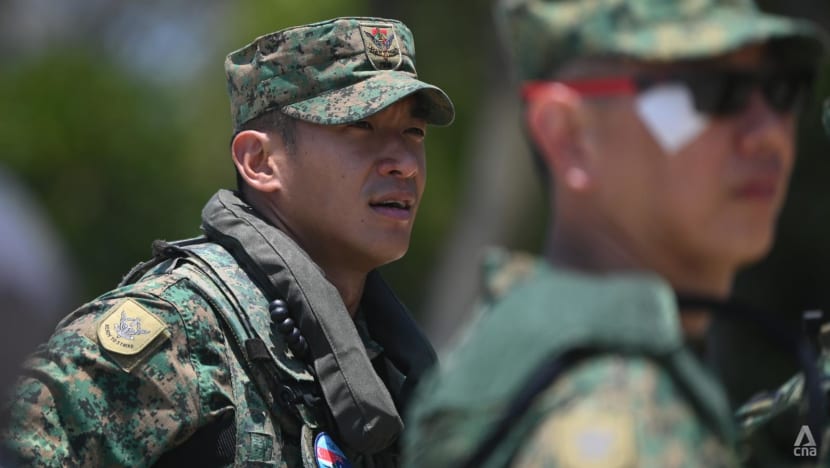
More than 1,900 personnel from the Singapore Army, the Republic of Singapore Navy (RSN), the Republic of Singapore Air Force (RSAF) and the ADF are taking part in the exercise, said the Ministry of Defence (MINDEF) in a news release on Sunday (Nov 10).
Of this, about 200 are from the Australian military.
This is the final phase of the annual Exercise Wallaby – SAF’s largest overseas exercise.
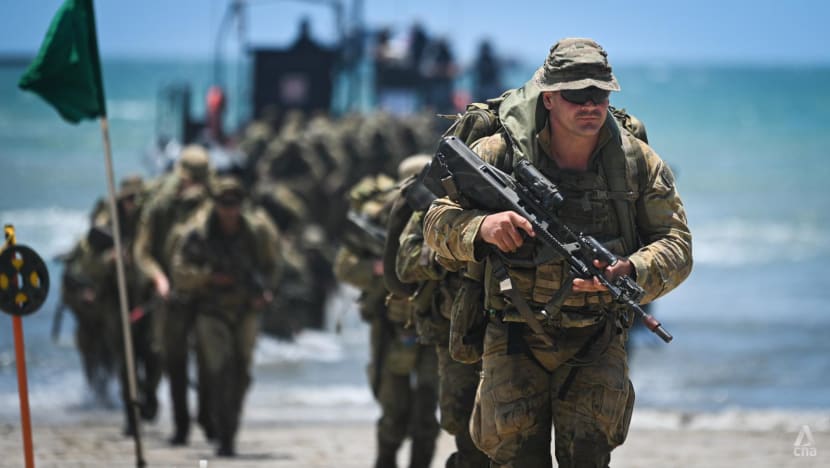
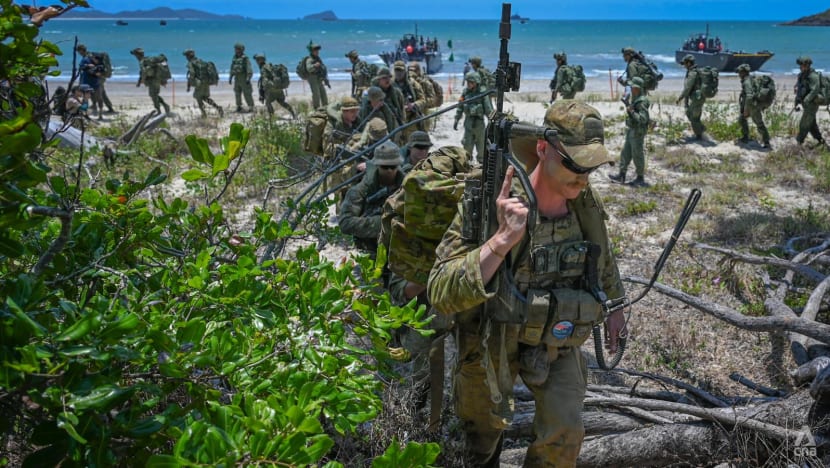
HOW THE "BATTALION-LEVEL" OPERATION WORKS
During the exercise, the SAF and ADF will conduct a "battalion-level" amphibious operation where troops and vehicles will be brought to land from the sea.
This is done in two ways, via air and sea, from the navy's two landing ship tank vessels – its largest – called RSS Endurance and RSS Persistence.
For the first ship-to-shore mission, the Singapore air force's CH-47F Chinook and H225M helicopters will transport the troops from the ships to a landing site in the Shoalwater Bay Training Area.
Once they have reached their destination, the forces will disembark and proceed on foot to the jungle terrain.
In the second ship-to-shore mission, vessels such as the navy's fast craft utility and fast craft equipment and personnel will be deployed to sail SAF and ADF troops as well as assets from the landing ships to the beach.
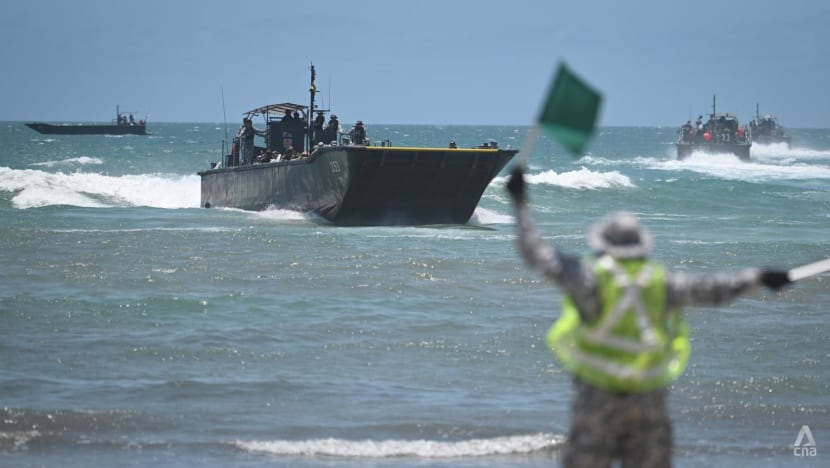
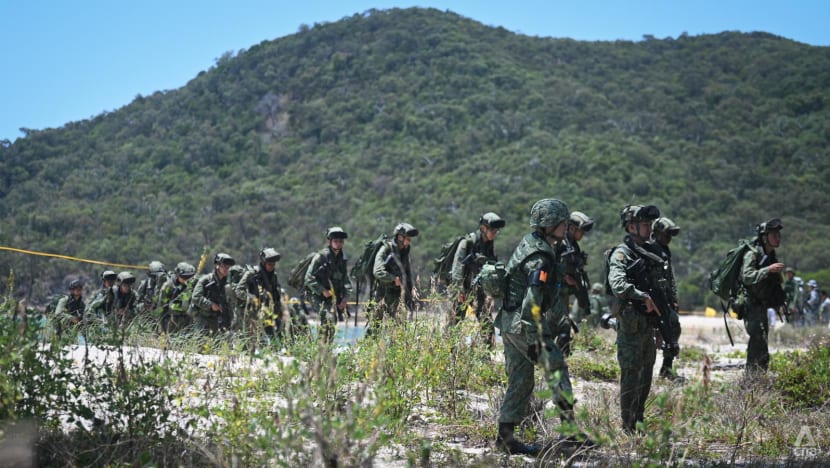
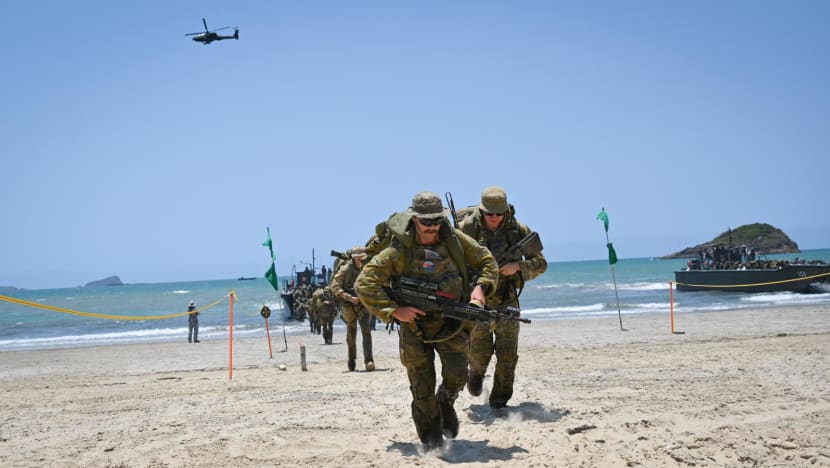
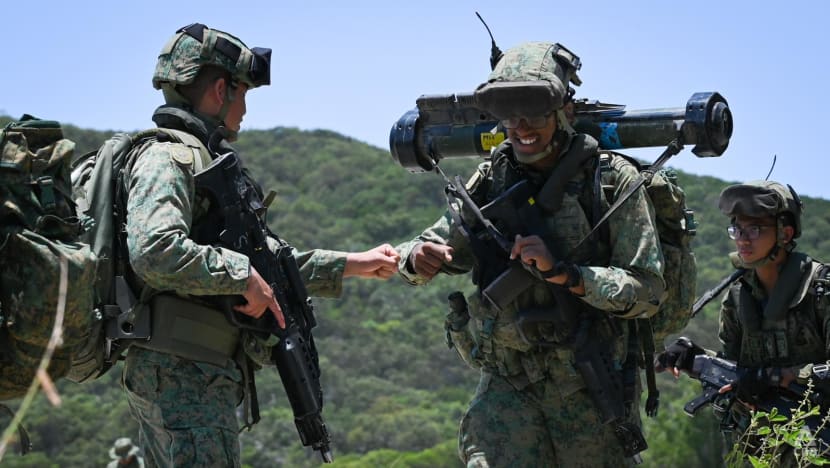
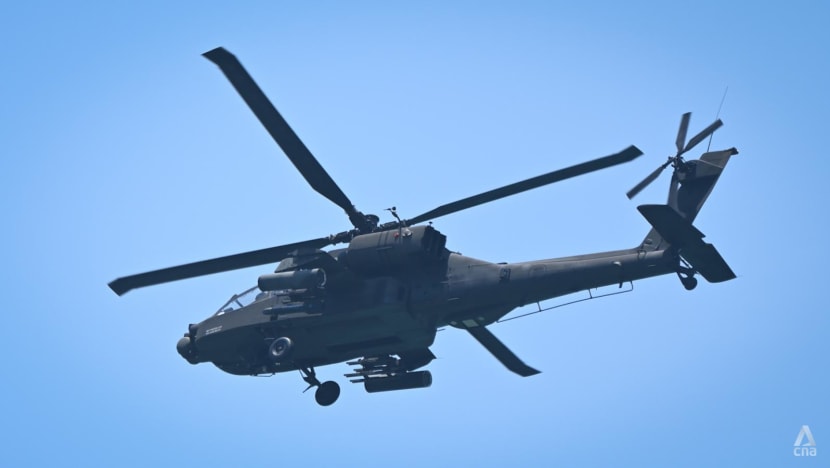
After disembarking from the craft, the troops will link up with those from the first mission and they will conduct a battle in the urban environment.
Both missions will be supported by the RSAF's AH-64D Apache helicopters, which will provide close air support to the troops, as well as unmanned aerial vehicles known as Heron-1s.
This year's Exercise Trident marks the inaugural participation of the Heron-1, MINDEF said.
The unmanned aerial vehicles will provide real-time updates on information from the shore and any external threats there, said SLTC Michael.
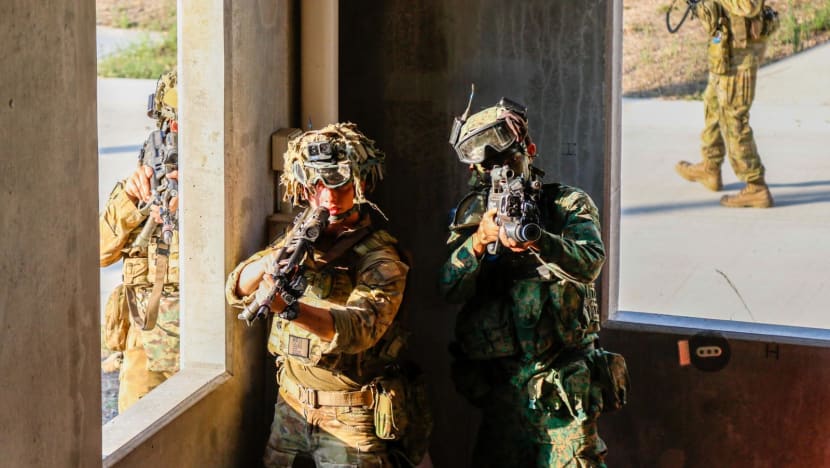
Major Daniel Hu, who is the commanding officer for RSS Persistence, said Shoalwater Bay offers an "ideal opportunity" to have integrated training among the air force, navy and army.
It allows them to push boundaries and make use of the area's wide expanse of air, land and sea training spaces to conduct ship-to-shore operations, he said.
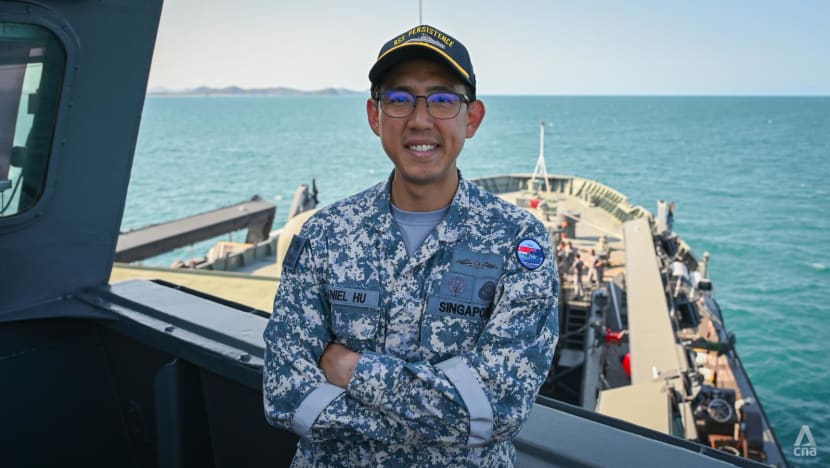
But it does pose some challenges, the commanding officer added. For one, they have to deconflict training spaces when discharging both air and naval assets.
Secondly, the weather conditions in Australia are different from those back home.
"Back in Singapore, conditions are a lot more sheltered, a lot more benign, compared to the environment that we are facing here, which is a lot more adverse," he said.
While this means his crew would have to be more careful, it also helps train them to hone their skills, said Major Hu.



















